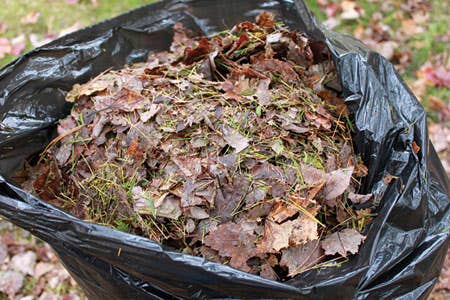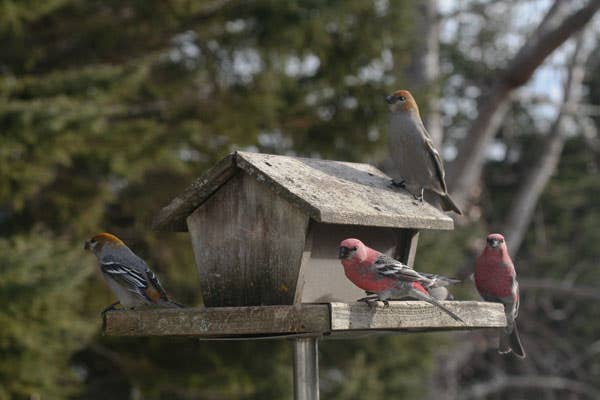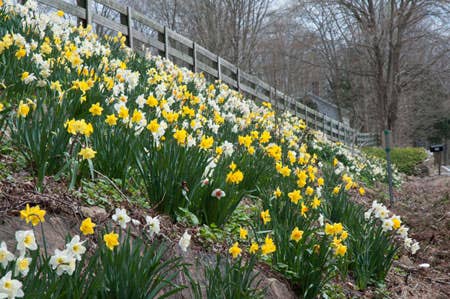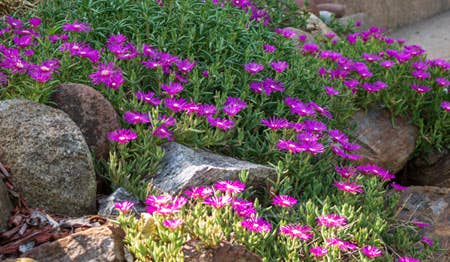FAQ: Ornamental Grass
Here are the ornamental grass questions we receive most often, and their answers.
Here are the ornamental grass questions we receive most often, and their answers.
When and how should I cut back ornamental grasses?
Leave them standing over the winter—they add interest to the winter scene and the crown of the plant benefits from the extra protection. In early spring, before new growth begins, cut the plant down to 4 to 6 inches tall. Use shears, or for thick stems use loppers. A scythe comes in handy for very large stands of grasses. To tidy up low evergreen fescues and the like, gently rake out the dead leaves using your fingers or a hand fork.
I have a clump of miscanthus [or other clumping grass] that looks healthy at its outer edges but there's a dead patch at the center. What is wrong and what should I do?
This is normal behavior. To improve the plant's appearance, lift it from the soil and divide it. Discard the dead section and replant the divisions more toward center. This can be done in spring, before the plant starts growing, or in fall, after growth stops. Spring is a better choice if you're dealing with a plant that blooms in late summer and has decorative seedheads.
Should I feed ornamental grasses?
Ornamental grasses do not require nearly as much fertilizer as other perennials and shrubs. In fact, too much nitrogen can give them a rangy, floppy look, since nitrogen spurs foliage growth. Don't feed your grasses, or if you feel that you must, choose a balanced, slow-release fertilizer and apply it at half-strength in early spring. Note—with many drought-tolerant grasses the same can be said for water. Like any plant, they need good water their first season in the garden, while they put down roots and get established. In subsequent years, however, supplemental water can make them grow too quickly and become floppy.
More grass Q&A:







